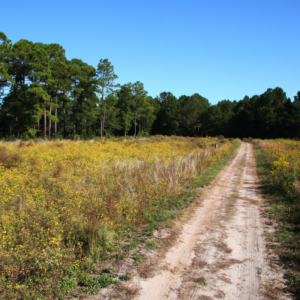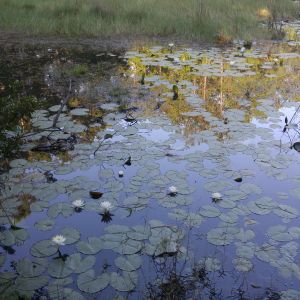Living with Nature
Managing
Natural Areas

The mission of the Spring Island Trust is to preserve and protect Spring Island’s environment and cultural history, providing education, expertise, and leadership in the conservation of natural resources throughout the Lowcountry.
Copyright © Spring Island Trust
40 Mobley Oaks Ln. · Okatie, SC 29909 · 843-987-7008
Site by Sans Sheriff Studio







